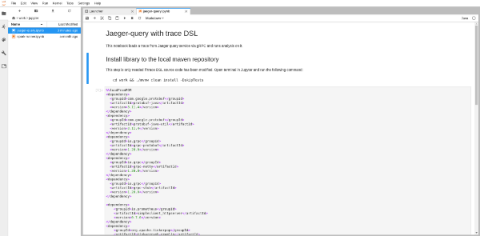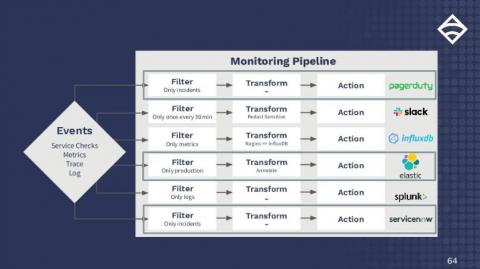We've teamed up with Apajove to capture their expertise in SCOM
We’re teaming up with SCOM Experts, Apajove, to bring you a ‘tuning pack’ for our fantastic, but also FREE EasyTune download, allowing you to tune an entire management pack in a matter of minutes. The Apajove tuning pack is live on our community store now and incorporates the tips and trick of the trade, which they use in their own SCOM deployments everyday; many of which have taken root in the work of the notorious Kevin Holman.











